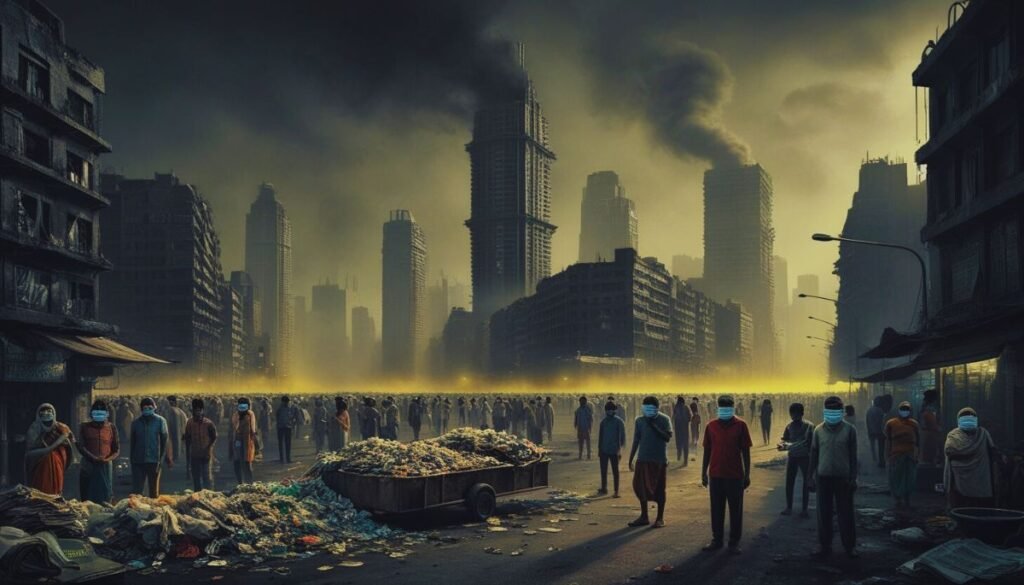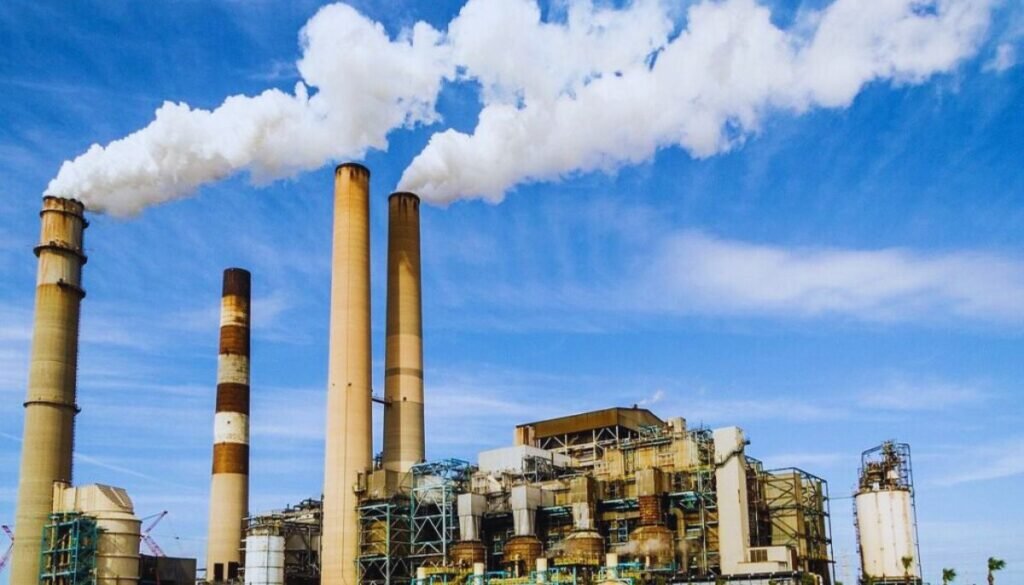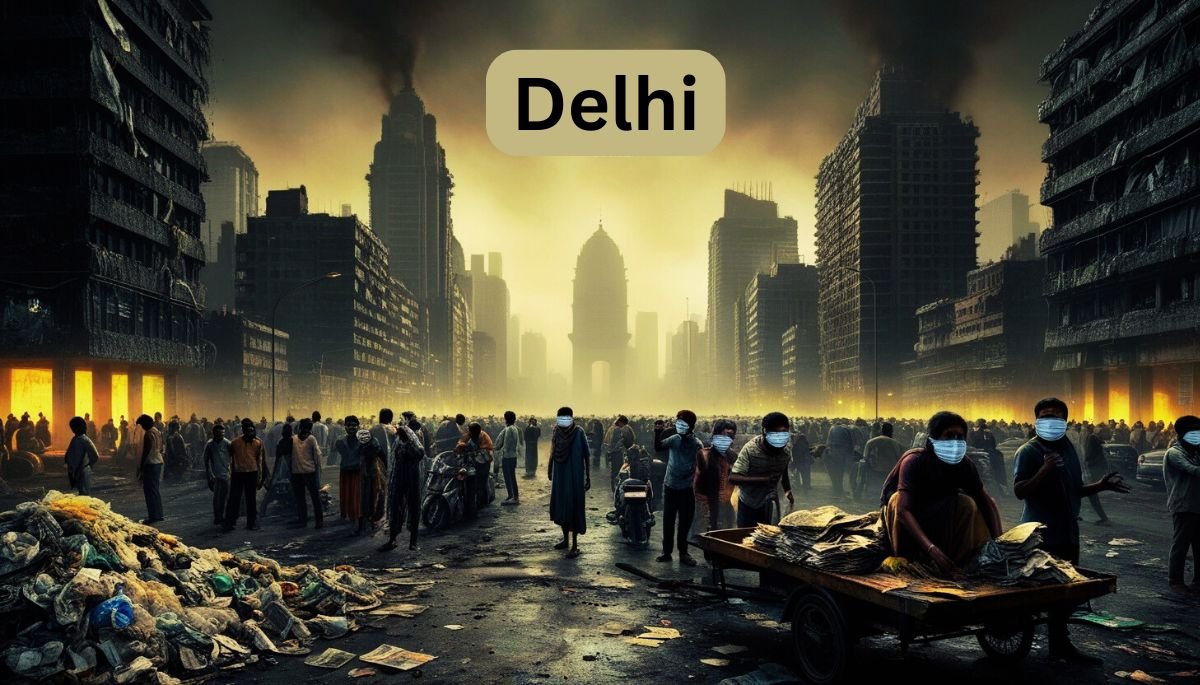Among the main issues confronting the world nowadays is pollution. Bad air, contaminated water, and other forms of pollution abound in many cities, some worse than others. Delhi, the metropolis of India, is frequently recognized as the “most polluted city in the world.” This essay investigates Delhi’s title and its implications for the local residents. So, now we discuss why Delhi is the most polluted city in the world in 2025.

What Makes Delhi So Polluted?
Delhi’s high pollution levels have several causes. One primary factor is the sheer volume of vehicles. Delhi boasts millions of motorcycles, lorries, and cars. Many of these vehicles operate on diesel, which generates nasty emissions. Delhi is the most polluted city in the world because traffic congestion is somewhat regular. More fuel is thus consumed, and more pollution results.
Along with Delhi’s factories and businesses, the problem gets worse. These plants spew dangerous chemicals into the atmosphere along with smoke. Coal is a rather polluting fuel that many manufacturers use. So, Delhi is considered to be the most polluted city in the world in 2025.
Burning crops in surrounding states adds yet another factor contributing to Delhi’s pollution. To prepare their fields for the upcoming planting season, farmers burn leftover agricultural waste. The smoke from these fires spreads to Delhi and mixes with the city’s atmosphere.

A still important consideration is Delhi’s construction activity. Dust from construction sites contributes microscopic particles to the atmosphere. If one inhales these particles, they are deadly. The city also features a lot of garbage burning. People burning trash in open spaces spew poisonous fumes. So that’s the point of making Delhi is most polluted city in the world
Air Pollution in Delhi
Delhi is the most polluted city in the world because air pollution is Delhi’s most pressing issue. Usually, the city boasts rather high PM2.5 levels. Smaller than 2.5 micrometers, PM2.5 is the term used to describe minute airborne particles. These little particles can pass through your circulation and lungs. This level of air pollution is very critical so Delhi is the most polluted city in the world.
Delhi’s air can occasionally be so terrible that it appears to be foggy. This is pollution, not fog though. A mixture of fog and pollution is known as smog. The pollution is much worse in winter. Cold air pulls contaminants toward the ground. We term this the “inversion effect.”

The government measures air quality with the Air Quality Index (AQI). Considered “hazardous,” an AQI over 300 is During the winter months, Delhi’s air quality index frequently exceeds 500. Among the worldwide AQIs, this is among the highest.
How Does Pollution Affect People?
People suffer much from pollution. The health issues it induces include lung infections, asthma, and wheezing. Extended exposure to contaminated air can cause major illnesses like heart disease and cancer. The most vulnerable are old people and children.
Many Delhi residents have to wear masks for personal protection. Sometimes pollution levels so great cause schools to close. Delays in flights arise from impaired vision. Moreover, influencing mental health is pollution. Daily poor air might cause daily stress and anxiety.
What Is Being Done to Solve the Problem?
The government of India has made attempts to reduce pollution in Delhi. Among these is the odd-even rule for cars. On some days, only vehicles with odd-numbered license plates are permitted on the road. On other days, only even-numbered plate cars can be driven.
Furthermore, outlawed by the government is the use of fireworks during celebrations. Firecrackers emit a large amount of smoke and chemicals into the air. An effort is underway to prevent crop burning by providing producers with improved solutions.
An increasing number of trees are being planted in and around the city. Trees can help purify the air by absorbing CO2 and releasing oxygen. Certain manufacturers are requested to run on greener fuels. Monitoring building sites helps to lower dust pollution.
Delhi has also implemented more electric buses and metro trains. These choices help to lower the traffic congestion by using less polluting automobiles. To cut traffic, the city is pushing walking and riding.
What Can People Do?
Delhi residents can also help to cut pollution by their actions. Carpooling and taking public transportation can help minimize the number of vehicles on the road. Avoiding burning trash and dry leaves can help lower the amount of smoke in the air.
Trees planted in gardens and homes help to improve the air quality. Individuals should also endeavor to consume less energy. Turning off lights and fans while not in use, for instance, helps to save electricity and lower the emissions from power plants.
Most Polluted City in the World 2025
In 2025, “most polluted city in the world” Tags Considering Delhi, Capital of India. Delhi’s pollution is a major issue that must be prioritized. It impacts millions of lives daily. Though more has to be done, the administration is acting in this regard. Everybody, including Delhi residents, has to cooperate to lower pollution levels. Little deeds have a great impact. Acting now will help Delhi become a cleaner and healthier city for the next generation.
The World’s Most Polluted City
The List of Most Polluted City in the World
- Delhi, India
- High levels of PM2.5 due to vehicle emissions, crop burning, and industrial pollution.
- Delhi will be considered the Most Polluted City in the World in 2025.
- Lahore, Pakistan
- Severe smog is caused by vehicle emissions, industrial pollutants, and crop burning in surrounding areas.
- Hotan, China
- Dust storms and industrial activities contribute to its poor air quality.
- Dhaka, Bangladesh
- Traffic congestion, industrial emissions, and brick kilns are major pollution sources.
- Ghaziabad, India
- A neighboring city of Delhi is known for industrial pollution and poor waste management.
- Beijing, China
- Improved in recent years but still faces challenges from industrial emissions and vehicular traffic.
- Shenyang, China
- Industrial activities and coal burning are primary contributors to its pollution levels.
- Kabul, Afghanistan
- Widespread use of coal for heating and poor infrastructure leads to high pollution levels.
- Jakarta, Indonesia
- Vehicle emissions and deforestation-related haze significantly degrade air quality.
- Hanoi, Vietnam
- Rapid urbanization, construction dust, and traffic emissions are major factors.
